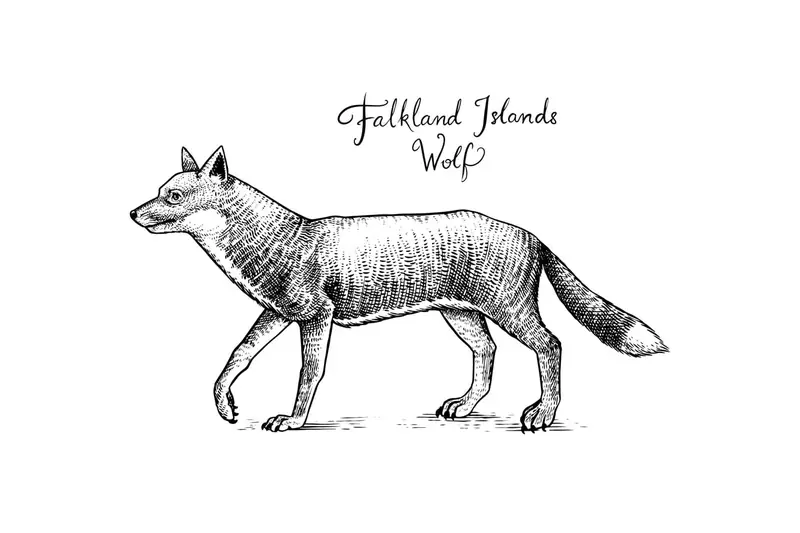Archaeologists from the University of Oxford (UK) have unearthed a burial site in Patagonia that dates back 1,500 years. Among the most astonishing discoveries was the skeleton of a Dusicyon avus fox, a species that went extinct around 500 years ago under mysterious circumstances. This fox was buried alongside 21 humans. The research team speculated that this animal, part of the South American canid family, was a loyal companion to Homo sapiens long before the domestication of dogs.
Patagonia refers to a region in South America located south of the Río Colorado in Argentina and the Biobío River in Chile. While there is no clear definition of Patagonia’s borders, some definitions include Tierra del Fuego. Scientists believe that the fox may have held a significance beyond that of a mere wild animal for the hunter-gatherers of the time. It’s likely that a strong bond existed between the fox and the people, suggesting it was a faithful companion, as reported by the Independent.

Dusicyon avus
Why do scientists think this? The researchers stated that they are dealing with a very rare and unusual find. The absence of cut marks on the bones indicated that people did not hunt Dusicyon avus for food or fur, the scientists noted. Dr. Ophelie Lebrasseur, a zooarchaeologist from the Oxford School of Archaeology, remarked, “There are several factors that lead us to consider our fox as a companion or domestic animal, rather than part of the human diet.” She continued, “No cut marks were found on any of the animal’s bones, meaning it was not consumed.”
Furthermore, its remains were discovered at a human burial site, suggesting that this creature was important to the people of that community. Lastly, the animal’s diet differed from that of other canids but was similar to that of humans. In short, the fox consumed the same food as the people who found their eternal rest in that place. According to Dr. Lebrasseur, it was either fed by the hunter-gatherers or scavenged their leftovers.
What was the Dusicyon avus like? Researchers revealed that the average weight of Dusicyon avus ranged from 22 to 33 pounds, comparable to that of a modern German shepherd. The fox inhabited various open spaces with grass and low shrubs across much of South America, including Brazil, Uruguay, and Argentina. Analysis of the animal’s bones and teeth showed that it consumed both meat and plant-based food. This species is often confused with the Falkland Islands wolf (Dusicyon australis), which also went extinct, but in the 19th century. Thus, scientists have significantly more information about the island wolf than its Patagonian relative.
The reasons behind the extinction of Dusicyon avus half a millennium ago remain unclear. One theory suggests that the introduction of domestic dogs to Patagonia 700-900 years ago may have played a role. However, researchers believe that potential interbreeding between local and introduced species would not have significantly impacted the disappearance of Dusicyon avus due to the “low likelihood of producing viable and fertile hybrid offspring.”
Could Patagonian foxes have made good domestic animals? Unfortunately, there is no definitive answer to this question. “However, we believe that the discovery of a Dusicyon avus specimen with such a close connection to a community of hunter-gatherers is extraordinarily rare and intriguing, as it represents a truly unique case of partnership between humans and a wild South American fox,” noted Ms. Lebrasseur. The findings of this research were published in the journal Royal Society Open Science.
